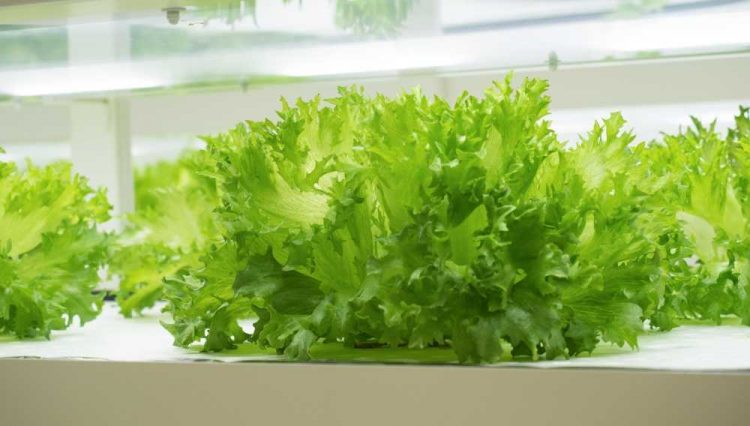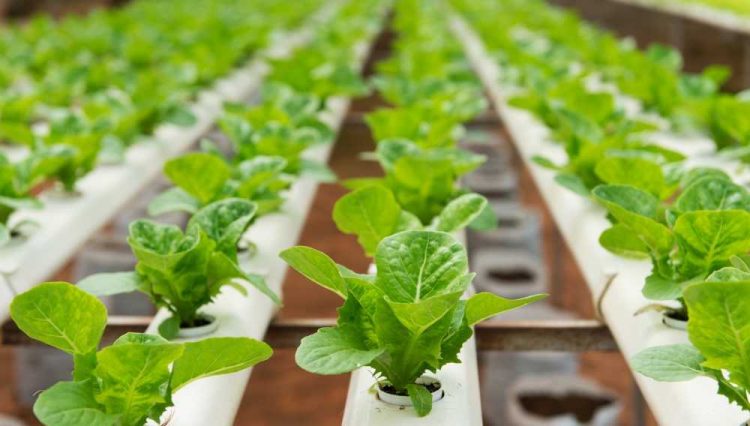Harmful chemicals that earlier creeped into gardening projects have given way to new concepts that allow lovers of organic products to try out DIY hydroponics – systems that facilitate the growth of fruits and vegetables in their balconies, kitchens, or patios. There’s no soil to be added, no weeding, bending, or complicated processes to be followed.
What if you can easily control the growth process of wholesome food at affordable cost? Add nearly 50% more vitamin value into your food with a simple do-it-yourself hydroponic system and in the comfort of your home. It’s time to get rid of the confusion that surrounds hydroponics.
Why Do-It-Yourself Hydroponics Work
If roots are provided oxygen, water, and other nutrients, then the need to grow plants the traditional way, in soil, does not arise. That’s hydroponics for you. It can be done in several ways using the simple DIY hydroponics approach to monitor both the input and output of nutrients.
Decide on the types of vegetables and fruits you’d want to grow at home, then adopt a quick and affordable hydroponics system for better plant growth rate.
5 DIY Gardening Concepts To Consider
One of the easiest ways to set up a DIY garden is to buy a kit, but then it may cost you quite a bit. The best option is to make the kit yourself based on specific guidelines. A simple system like Hydroponics How To may produce better results at cheaper costs than one of those complicated kits from the market.
Ebb and flow hydroponics system
- Also known as the flood and drain hydroponic system, it is one of the simplest DIY hydroponics projects to understand and implement. You can use pots presently available in your garden or make minor adjustments to accommodate the type of plants you’d want in your system.
- Basically, each potted plant is lined up on a drain table that essentially holds water at a predefined height. This system pumps in nutrient solutions as and when needed to flood the table.
- Plant roots placed on this table comes in contact with nutrients during the flooding phase. As the pump is cut off, surplus water is drained away and accumulates in a reservoir. The ebb and flow system allows nutrients to flow on to the bed around 3 to 4 times a day.
- This system is not just simple but also very affordable, as all you need are 6 to 8-inch pots holding the required number of plants. You can easily avoid light equipment, if you grow these plants in areas where sufficient sunlight is available. Equipment and supplies are easily available at local home depots.
Recirculation deep water culture (DWC) system
- Though the original concept originated with the use of individual buckets commonly available in the market, users soon realized the value of recirculating nutrients and maintaining optimum pH level across a connected DIY hydroponics system. Instead of using individual buckets, a series of bins are lined up holding net pots of different sizes.
- For example, the first bucket may hold a 6-inch net pot that essentially contains mediums like Rockwool or hydrocorn. The second may contain an 8-inch net pot and so on. These pots are then connected to a system that fills these pots with the hydroponic solution. Aerated by a pumping system, these plants grow over the Rockwool or hydrocorn, while the roots accumulate as a loose mass in the water.
- When these roots take in nutrients, the pH value of the water solution changes with increased concentrations of dissolved nitrogen, potassium, and phosphorus.
- Depending on the type of plants grown, users monitor the pH value and parts per million (ppm) of these ion concentrations. The pH value can be sustained by increasing hydroxide ions, while ppm concentration is sustained by adding more nutrients.
Indoor DWC system
- Similar to the original DWC concept, this indoor hydroponic system makes use of artificial light to sustain the growth of plants. This system is especially useful in cold places that receive less sunlight.
- Grow tropical vegetables and fruits with this system. All that is needed is a 65 W light output hovering over these plants for around 16 hours each day. Use modern electrical systems to save energy.
- Adjustments are made to increase air supply through artificial ventilation systems. Your system can evolve in time. Make small changes, then wait until you meet with success in your DIY hydroponics project and are able to grow all kinds of vegetables and fruits indoors.
Aeroponic fogger system
- This system uses a hydroponic fogger capable of producing 2MHz frequency vibrations. It effectively generates 2 million vibrations per second, enough to nebulize water into a dry or cold fog that holds the required ultra-low volume nutrients to sustain plant growth.
- Though very simple, this system requires low volumes of liquid content, as it generates 2.5 µ droplets that are easily absorbed by the roots.
Floating Tray System
- Ever since floating trays with upturned edges were introduced, the floating try system replaced the old way of growing lettuce and other vegetables on floating plates made of tempex or styropor.
- The problem with the old system was it caused stagnation and infected the plants, as these plastic floating plates did not float easily. They evolved to form the more stable floating trays that allowed the basin walls to provide nourishment to the lettuce crop.
- Users can now complete the DIY hydroponics process in three simple steps. Upturned edges are plugged into place with the help of glued coconut plugs that come in contact with the water.
- The lettuce then develops cotyledons in about 10 days, nourished by the nutrient solution drawn upwards by capillary action through these plugs.
- The final stage consists of lettuce growing upwards into a cone-shaped floating plastic tray in about 14 days.
- Users can easily procure custom-made plastic trays from the market and use them to grow lettuce in their back yards or gardens without much effort.
Automation is possible making these methods appealing to users. User guides and complete systems are needed to bring down costs. Here is where Hydroponics-Simplified makes a considerable difference in not just bringing down the cost of the overall system but also simplifying the process to an extent where users actually enjoy moving from one DIY hydroponics project to another.



